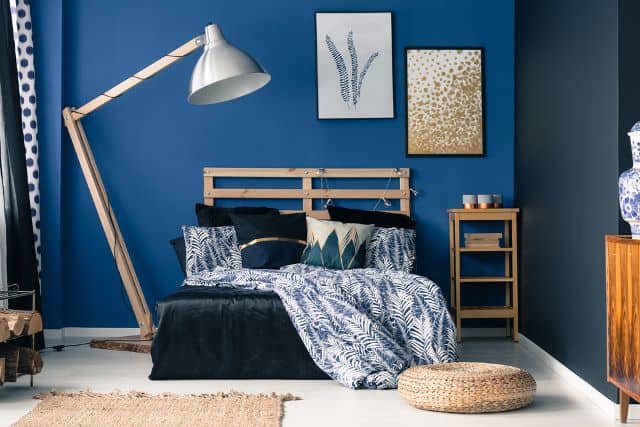Don’t let anybody tell you how you should paint your bedroom. I’ve met people that were able to fall asleep while listening to death metal, which means that there are people out there that could relax in a bedroom with blood-red walls. But there are, however, some colors that are universally accepted as being more relaxing than others.
The World’s Most Relaxing Bedroom Colors
Believe it or not, there is scientific evidence that focused on the impact certain colors have on the human mind and body, and the findings are interesting, to say the least. According to a study conducted by G.F. Smith with the University of Sussex, it turns out that blue and green are the population’s most favorite colors, but there’s also a solid reason behind it.

The study mentioned above asked more than 26,000 people what their favorite color was. Naturally, there were plenty of different responses, but a vast majority of them focused on the colors green and blue. Furthermore, the year 2017 brought us a definite winner: it turns out that the most relaxing color is Marrs Green, which is kind of like a combination of green and blue.
Anna Franklin, one of the authors who were a part of this study, further wanted to discover what is the link between the colors chosen and people’s emotions. She stated that the lightness of the colors and the saturation has plenty to do with a human’s level of relaxation. When colors are too saturated, they cause stimulation and excitement. When the colors are light, they tend to induce a state of relaxation.
The Psychology of Blue
For a very long time, people believed that colors can induce certain emotions, and the fact that color therapy is now a thing is proof that’s actually true. Color psychology has plenty to say about the color blue:
● It is often the favorite color of men.
● Chosen as one of the world’s most favorite colors, blue is associated with traditionalism and conservatism.
● Blue symbolizes stability and security. It is one of the colors that most used in creating company logos for businesses that want to make their customers feel like they’re dealing with a reliable brand.
● It is not rare for offices to paint their walls in blue, because it causes people to be more productive in the workplace.
● Blue is a color associated with lower blood pressure, lower body temperature, and lower pulse rate.
● There is a strong belief that blue can also cause people to lose weight, because it’s one of the least appetizing colors. That’s probably because there aren’t many different foods that are naturally blue (a few exceptions are plums and blueberries), but also because blue food sometimes makes people think about something poisonous.
The Psychology of Green
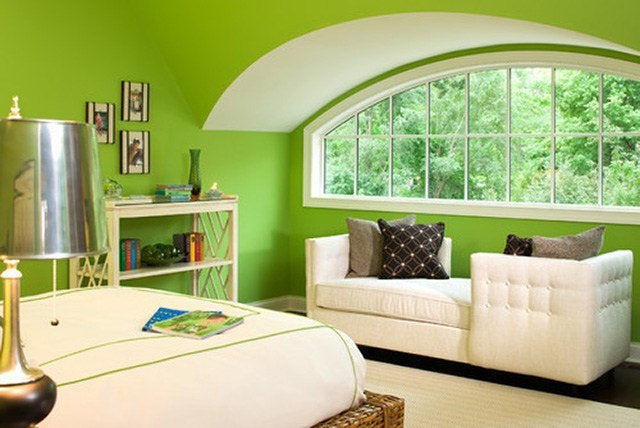
● When people were asked to describe the first thing that came to mind when looking at green, they talked about optimism. It makes sense when you consider the fact that nature turns green at the beginning of spring (the saying “nature has come back to life” does have some truth in there).
● According to research, green is a color that can also improve a person’s learning ability. It seems that certain students use a transparent green sheet of paper on top of their reading material, which causes them to understand more about what they’re reading, but also leads to increased reading speed.
● It is also believed that green is a color that can help you heal faster, as people who have worked in green offices reported fewer stomachaches.
● Green is also the color of fertility, which makes sense for it to find its way onto your bedroom walls (wink wink). In the 15th century, there were plenty of wedding gowns made in the color green.
Other Relaxing Colors to Paint a Bedroom for Relaxation
While there is strong evidence to suggest that certain colors induce certain emotions and may ease anxiety and help you relax, you don’t have to limit your options to just blue and green. Some other colors worth taking into consideration include:
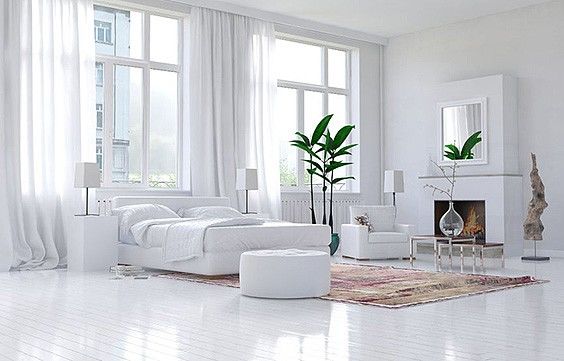
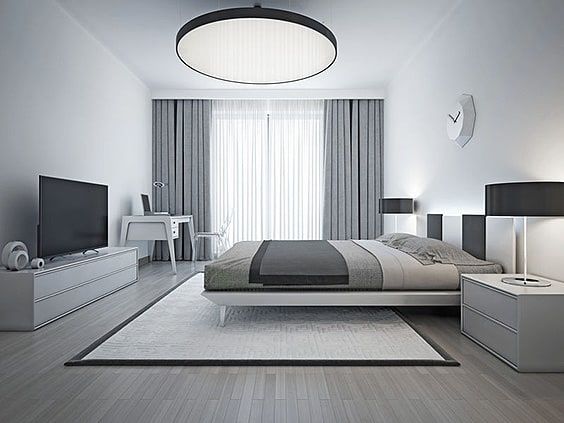
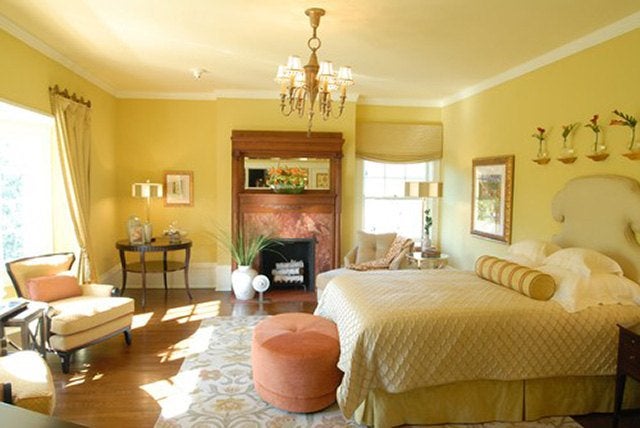
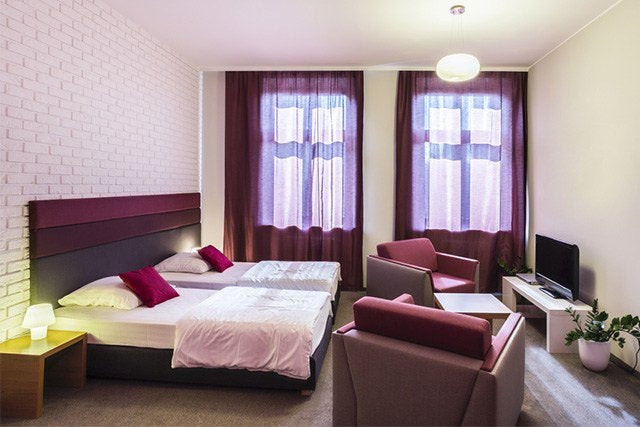
Conclusion
And there you have it: blue and green are two of the most calming bedroom colors. The good news is that both these colors have plenty of variations that you can work it, and they go pretty well when blended together, in case you want something more personalized.
Naturally, keep in mind that there might be other colors that you relax to better than blue and green, so if you find serenity in looking at tints of yellow or hues of coral, don’t be afraid to choose them your next bedroom wall colors. Be sure to share your experience with these calming colors for bedroom décor.
